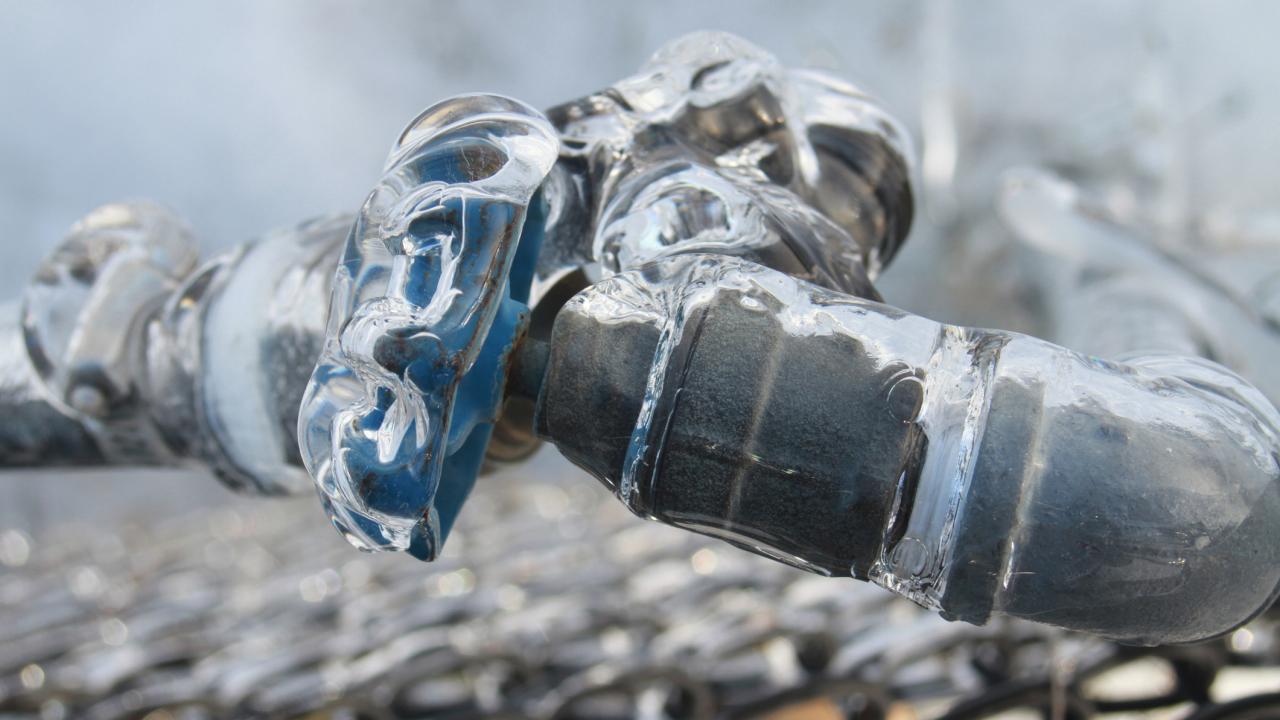Crucial Advice for Avoiding Frozen Plumbing in Cold Weather Seasons
Crucial Advice for Avoiding Frozen Plumbing in Cold Weather Seasons
Blog Article
What're your opinions with regards to Prevent Frozen Pipes ?

Cold weather can ruin your pipes, specifically by freezing pipes. Right here's exactly how to avoid it from happening and what to do if it does.
Intro
As temperatures decrease, the threat of icy pipelines increases, possibly leading to costly repairs and water damages. Understanding how to prevent icy pipes is critical for home owners in cold environments.
Avoidance Tips
Protecting at risk pipelines
Wrap pipes in insulation sleeves or make use of warm tape to safeguard them from freezing temperatures. Concentrate on pipelines in unheated or exterior locations of the home.
Home heating strategies
Keep interior spaces adequately heated up, particularly locations with plumbing. Open closet doors to permit cozy air to flow around pipelines under sinks.
How to determine frozen pipelines
Look for lowered water circulation from faucets, uncommon odors or noises from pipes, and noticeable frost on exposed pipes.
Long-Term Solutions
Structural modifications
Think about rerouting pipes away from outside wall surfaces or unheated areas. Add added insulation to attic rooms, basements, and crawl spaces.
Upgrading insulation
Invest in high-quality insulation for pipelines, attic rooms, and wall surfaces. Proper insulation assists keep regular temperatures and reduces the risk of frozen pipelines.
Protecting Outdoor Pipes
Yard hose pipes and outside faucets
Disconnect and drain pipes garden pipes before winter. Set up frost-proof spigots or cover outdoor taps with shielded caps.
Recognizing Icy Pipes
What causes pipes to freeze?
Pipes ice up when subjected to temperature levels listed below 32 ° F (0 ° C) for prolonged durations. As water inside the pipelines freezes, it increases, taxing the pipeline walls and possibly triggering them to rupture.
Threats and damages
Icy pipes can result in water system disturbances, residential property damage, and expensive repairs. Ruptured pipes can flooding homes and cause substantial structural damages.
Indicators of Frozen Pipes
Recognizing frozen pipes early can avoid them from bursting.
What to Do If Your Pipes Freeze
Immediate activities to take
If you presume icy pipes, maintain taps available to relieve pressure as the ice melts. Make use of a hairdryer or towels taken in warm water to thaw pipelines gradually.
Final thought
Preventing frozen pipelines requires proactive measures and quick feedbacks. By recognizing the reasons, signs, and safety nets, house owners can shield their pipes during winter.
5 Ways to Prevent Frozen Pipes
Drain Outdoor Faucets and Disconnect Hoses
First, close the shut-off valve that controls the flow of water in the pipe to your outdoor faucet. Then, head outside to disconnect and drain your hose and open the outdoor faucet to allow the water to completely drain out of the line. Turn off the faucet when done. Finally, head back to the shut-off valve and drain the remaining water inside the pipe into a bucket or container. Additionally, if you have a home irrigation system, you should consider hiring an expert to clear the system of water each year.
Insulate Pipes
One of the best and most cost-effective methods for preventing frozen water pipes is to wrap your pipes with insulation. This is especially important for areas in your home that aren’t exposed to heat, such as an attic. We suggest using foam sleeves, which can typically be found at your local hardware store.
Keep Heat Running at 65
Your pipes are located inside your walls, and the temperature there is much colder than the rest of the house. To prevent your pipes from freezing, The Insurance Information Institute suggests that you keep your home heated to at least 65 degrees, even when traveling. You may want to invest in smart devices that can keep an eye on the temperature in your home while you’re away.
Leave Water Dripping
Moving water — even a small trickle — can prevent ice from forming inside your pipes. When freezing temps are imminent, start a drip of water from all faucets that serve exposed pipes. Leaving a few faucets running will also help relieve pressure inside the pipes and help prevent a rupture if the water inside freezes.
Open Cupboard Doors
Warm your kitchen and bathroom pipes by opening cupboards and vanities. You should also leave your interior doors ajar to help warm air circulate evenly throughout your home.

Hopefully you liked our section about How to Prevent Your Pipes From Freezing. Thanks so much for finding the time to browse our piece of content. Are you aware of another individual who is curious about the subject? Do not hesitate to share it. Many thanks for your time. Kindly check up our site back soon.
Schedule Services Report this page